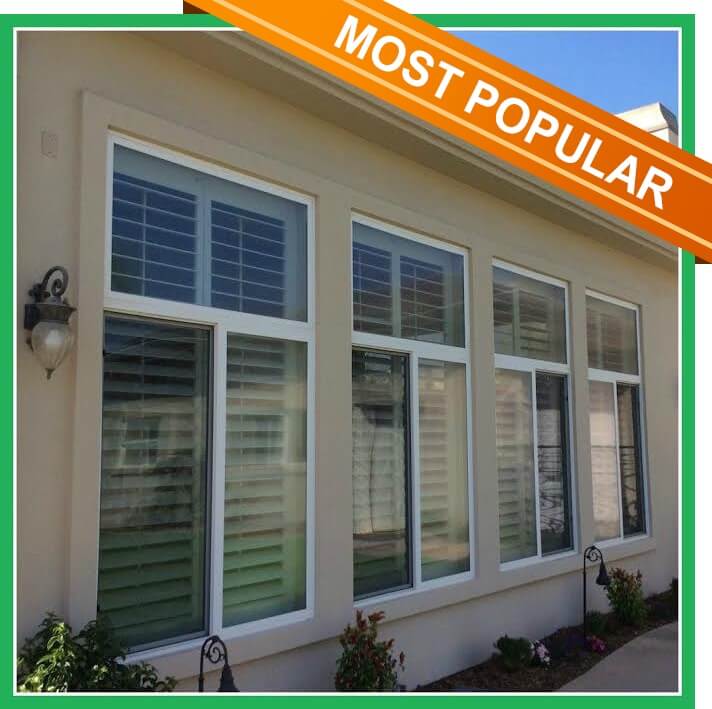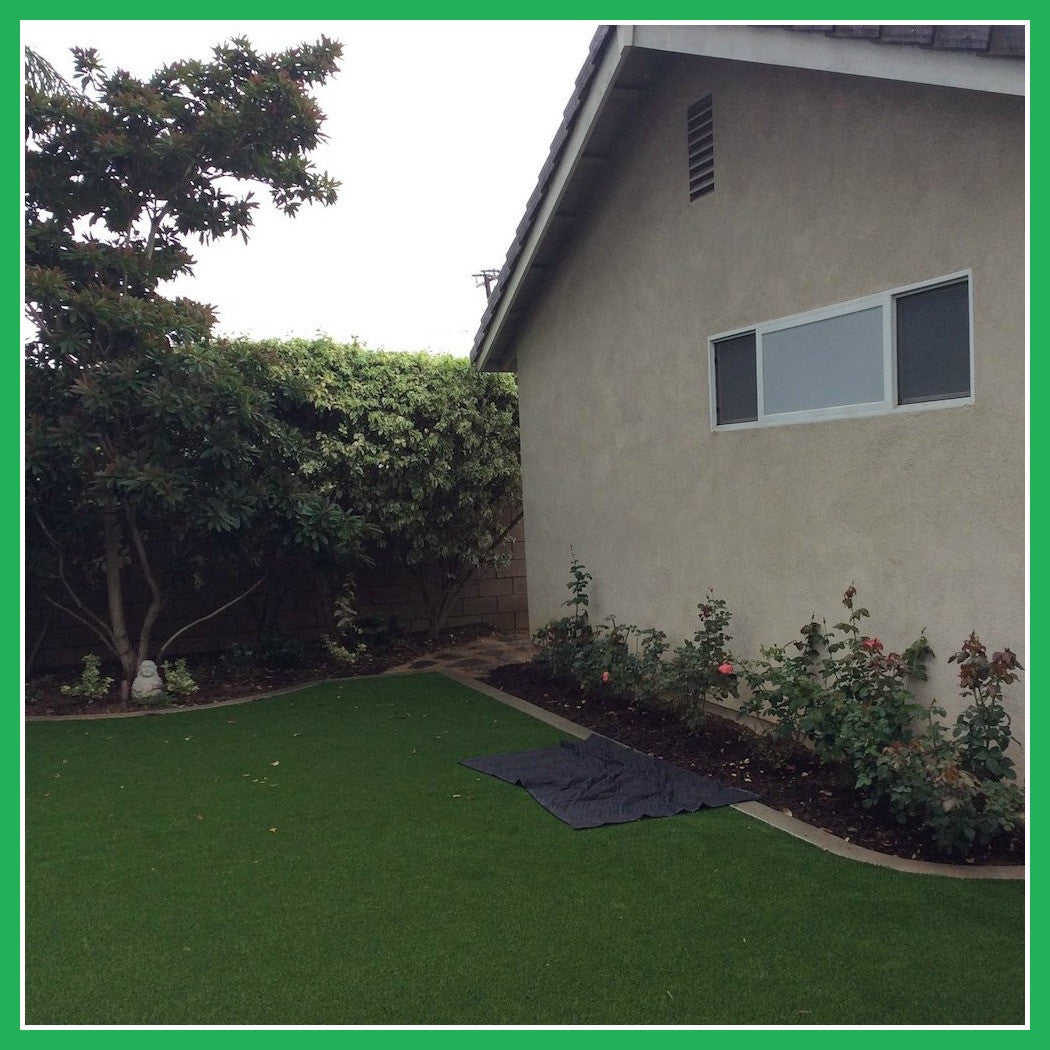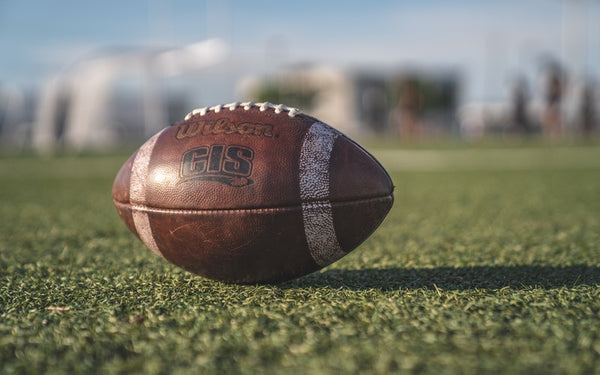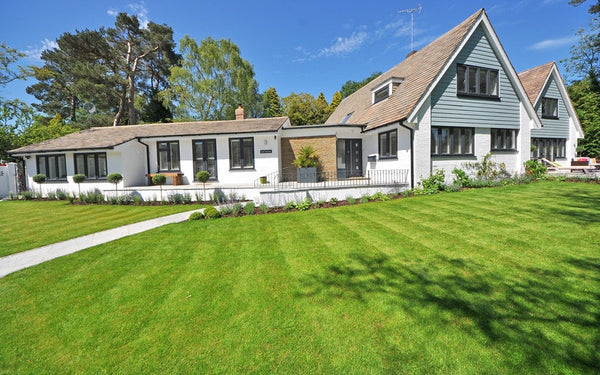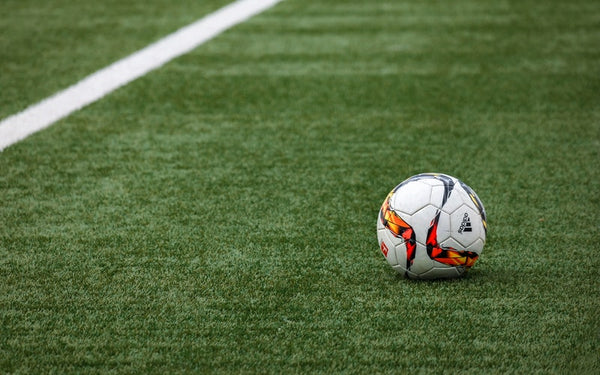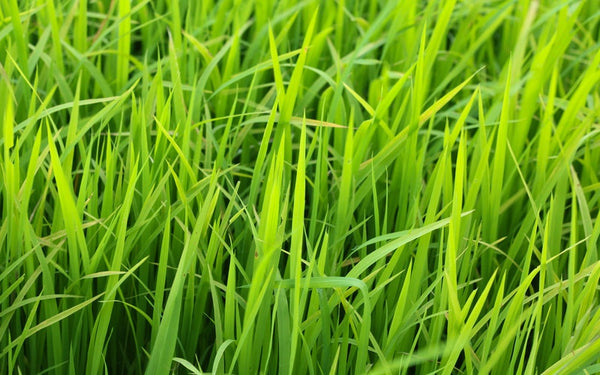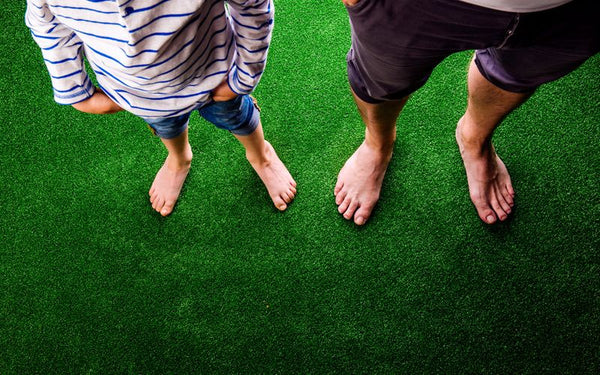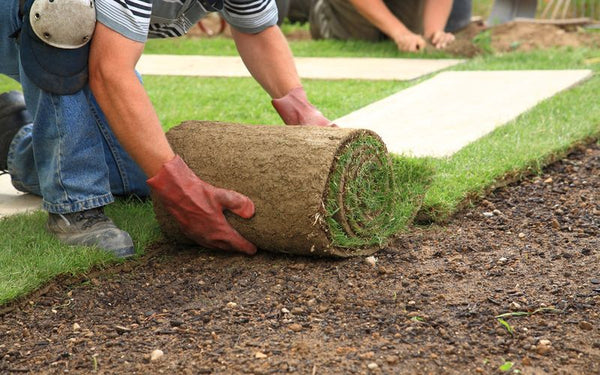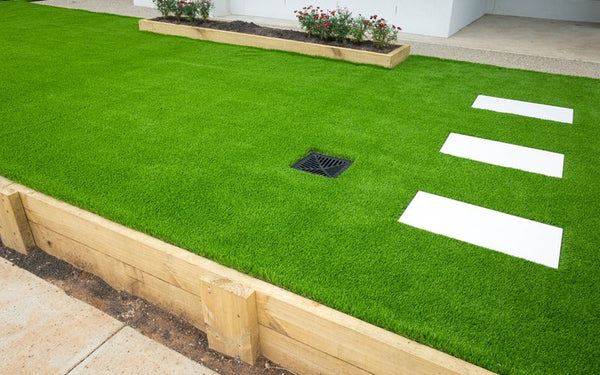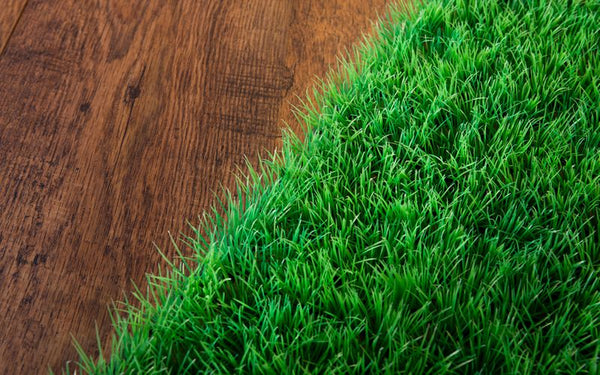Whether you are using a natural or artificial turf, these turfs will be damaged if it is exposed to extreme infrared and ultraviolet rays, which are caused by the sun’s reflection. For natural grass, it will cause heat stress which can result in plants to stop responding in the transpiration and photosynthesis process. In the case of artificial grass, it will cause the fake grass to melt.
These two problems may be different, but the primary cause for this is the exposure to infrared light and extreme ultraviolet rays of the sun. This is the main issue when it comes to the overall quality of a turf, particularly if it’s planted or installed a couple of years back.
Let’s figure out how the sun’s reflection can cause too much damage to the grass.
Natural Turf
The composition of sunlight that reaches your natural turf:
- 52% infrared. Responsible for heat generation
- 4% ultraviolet light. Damaging to skin and turf
- 44% light (visible). Photosynthetic activity
Main mechanism responsible for diminishing natural turf quality related to high temperature:
- Infrared radiation affects secondary epidermal.
- Ultraviolet radiation which damages the leaf surface waxes and cellular DNA.
- Infection, common in sunburned and heat stressed turf.
Another damage caused by UV rays inhibits transpiration and photosynthesis process. These damages are DNA damage, sunburn, and leaf’s surface.
Turfs exposed to heat stress are more susceptible to damage compared to other stresses related to summer like excessive mowing, traffic, weather diseases, poor water quality, poor drainage, poor air movement, damage by insects, etc. That is to say, grasses are very vulnerable to damage when the temperature is really high.
Synthetic Turf
For artificial turf, the grass melts due to the following reasons:
- It already reached its 200 degrees melting point.
- Reflective surfaces that magnify the sun’s reflection (most common is the energy efficient window).
There are other factors as well to the sun’s rising heat, factors that are within our surroundings. Windows, stainless steel doors, mirrors and any objects that cause reflection can potentially increase the heat. There have been reports that most of the damage spots are areas where strong light reflects. That simply shows that heat is magnified when reflected from reflective surfaces.
Caring for your turf may seem complicated, however, with the use of Clear Perforated Window Film, you can protect your lawn from concentrated sunlight. This is by far the best method for reducing the reflected heat to your natural and artificial turf.
The Clear Perforated Window Film protects your turf and prevents it from burning and melting. The use of window film is highly recommended, especially to those who own an artificial turf. This allows you to have a beautiful green lawn that would last longer.
Aside from ensuring that you have installed a window film, also take into considerations other reflective surfaces in your neighbors home’s that may also cause the damage.
Increasing heat has now become a global problem. It is affecting everyone. It causes plants to wither; even fake products are affected too.
Prevent the damages on your artificial turf caused by excessive sunlight through the use of Clear Perforated Window Film.

